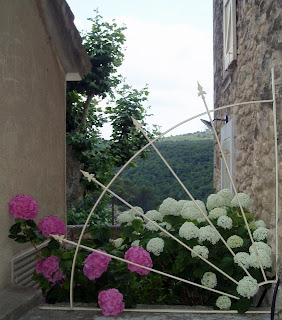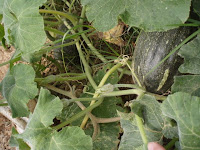I'm been told many times that I'm lucky to have lived in the countryside almost all my life. It's a privilege because Singapore is a land-scarce city-state, only about 3% of the total land area is used for agriculture.
Indeed I am lucky. I'm so used to the large expanse of space and tranquility, I often find life in the city very stifling. There are lots of things I miss about the living in the countryside, from the smells to the sounds at night. Would you believe that one of the things I miss most is the 'kampong spirit'?
Kampong (village) spirit is that camaraderie and sense of extended family that comes from living in close proximity with our neighbours. Growing up, grandma visited her neighbours frequently, bringing them fruits from the garden and home-made cakes. People stop to chat when they meet along the way to the market. We don't fence up the yard or lock the doors at night. When a family needs help in building a house, everyone chips in to help. The mutual support is strong in the village.
Since Singapore became urbanised in the 1970s, that kampong spirit has been lost and people have become self-oriented.
Lucky for us who're still living in a farm, we're surrounded by farmers. We have vegetable, fish, orchid and egg farms in our neighbourhood, so naturally the kampong spirit is still there (but fading).
Our tenants at the farm are some of the nicest and most generous people who ply us with fruits, vegetables, herbs and plants without expecting anything in return. They're hardworkers who toil from dawn till dusk, yet they do not complain. Their face may be tanned and lined, but only kind words escape from their lips and they extend their rough calloused hands to give us the fruits of their labour.
I have lots of respect for farmers for they know how to work in tandem with the earth to produce miracles. They know the secrets which no gardening books can teach. They treat the earth with kindness and coax their plants to produce the sweetest and freshest crops.











































